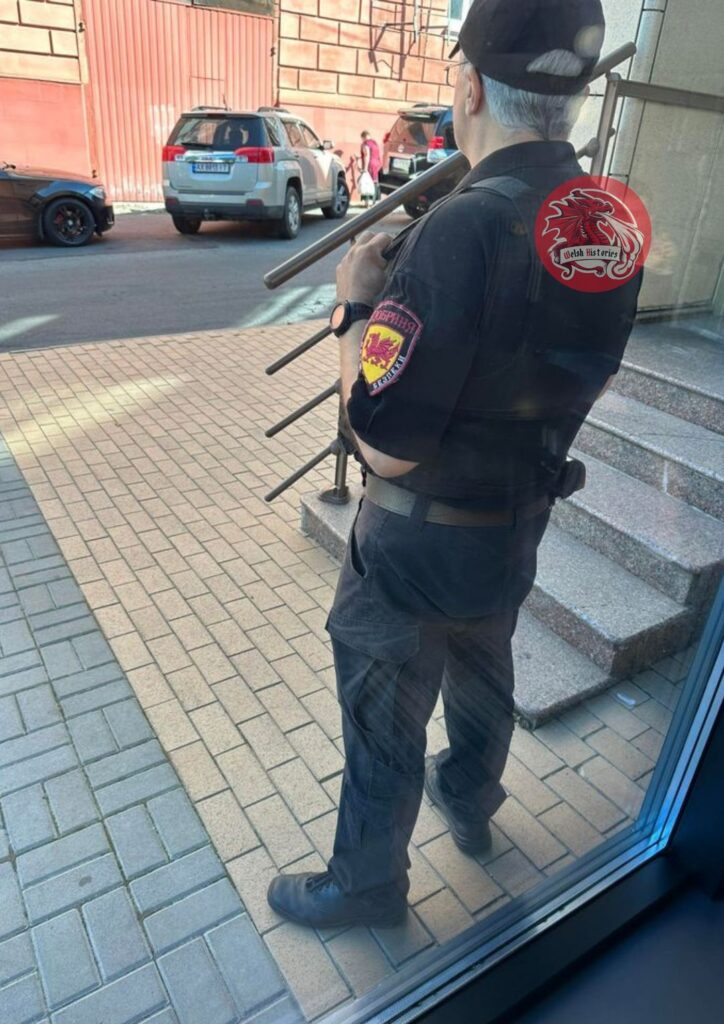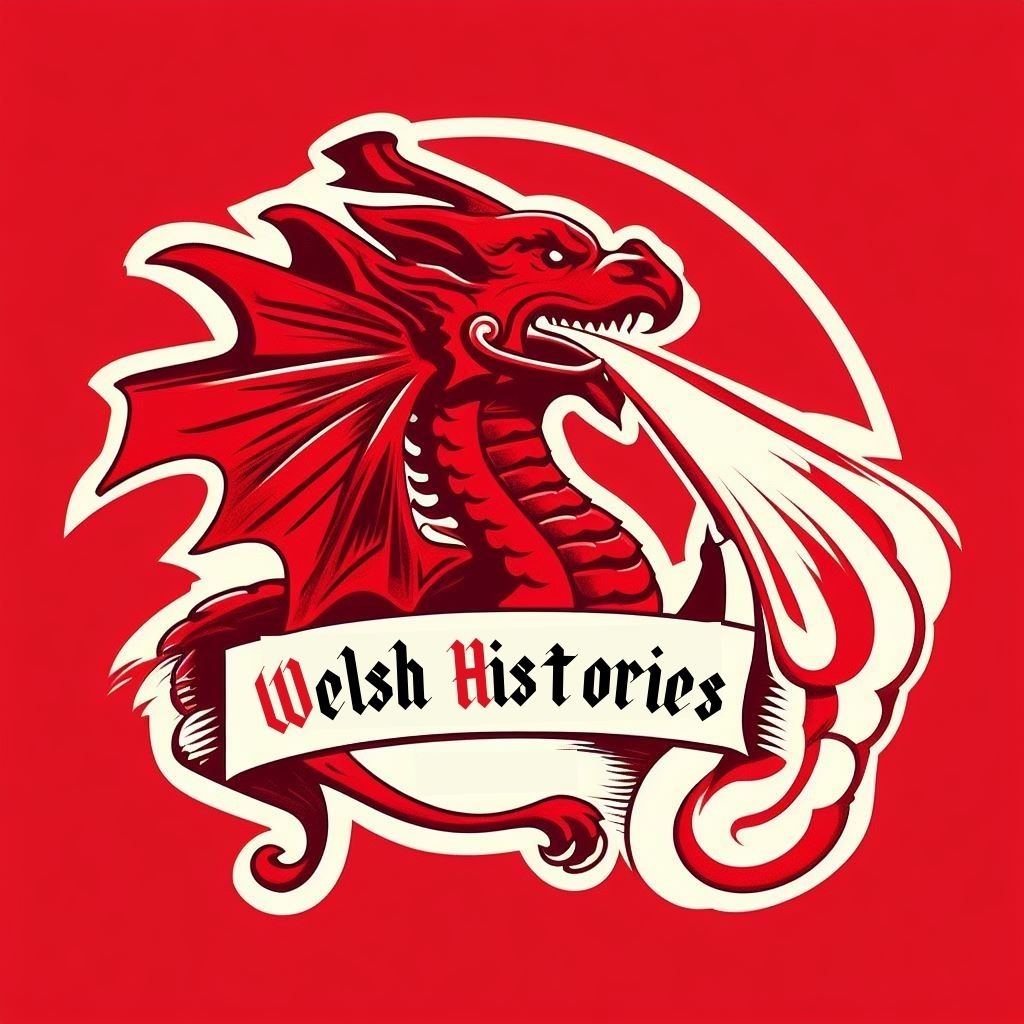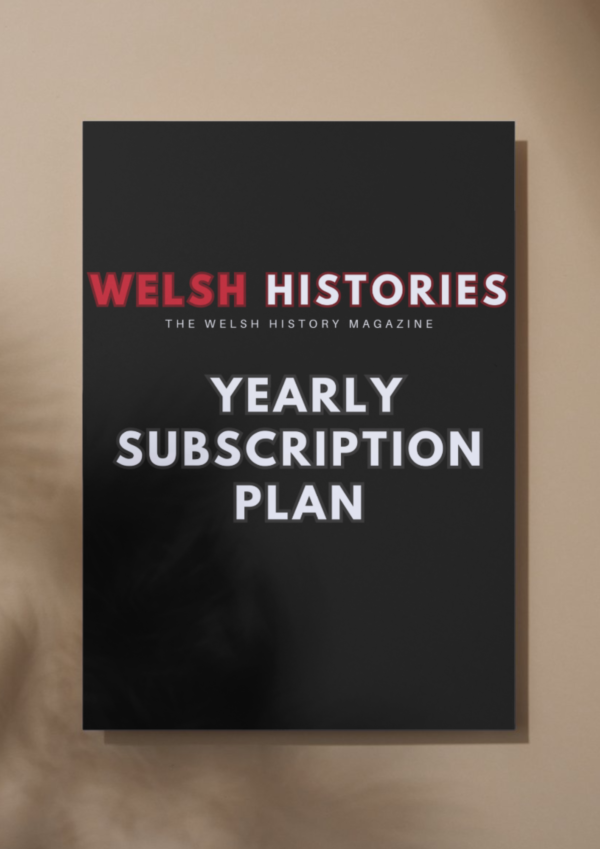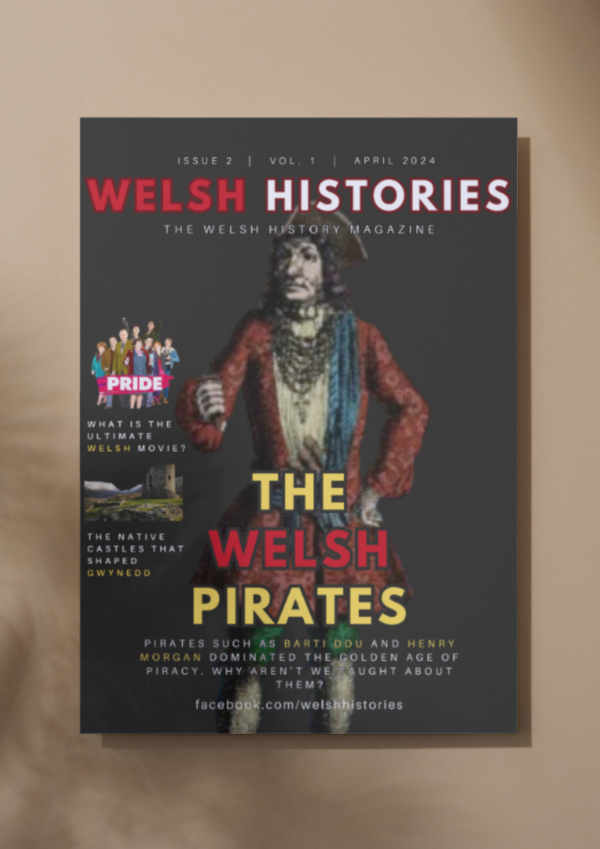Your basket is currently empty!
I Found Welsh Flag & Badges from Around the World That Made Me Appreciate Our History
“We are everywhere! I think a Welsh man found America! You should all be speaking Welsh! I love the Welsh flag and culture!”
#1.

This one is a modern example of our clear Welsh presence.
A da iawn choice in licence plate, if you ask me! And yes, I am aware that “cwtch” is not necessarily the correct spelling and that “cwtsh” is!
(Credit goes to All Things Welsh and Wonderful whose license plate it is)
#2.

This was sent to us by one of our readers, Ralph.
This is the town badge on a police car in Pennsylvania, USA.
For those unaware, there is a significant Welsh presence within Pennsylvania, with many parts of it bearing Welsh names (such as Bryn Mawr, for example). I love seeing stuff like this!

What many outside of Pennsylvania may not realise is that the State had – and still has – a strong Welsh presence; many Welsh named places and an original name of “New Wales”.
William Penn, an admiral, was owed $80,000 by the then-King Charles II and, to repay the debt, Charles gifted Penn the area of land which would become Pennsylvania. Penn wished to name the land “New Wales” but this would be objected to by a Welsh member of the Privy Council, so the name would become “Sylvania” and, after an interjection by the King, “Pennsylvania” in honour of Penn.
This is why we have Welsh-named places in Pennsylvania, such as Upper Gwynedd – which was founded by Welsh Quakers as early as 1698. Upper Gwynedd is a beautiful, less mountainous American township version of Gwynedd which surrounds the borough… of North Wales. Yes, it is actually called that.
To this, Bignell replied, “We are everywhere! I think a Welsh man found America! You should all be speaking Welsh! I love this! Now what’s the weather like in Penn?”
#3.

This was sent to us, without context, from a soldier in Ukraine. Can you spot it?
Spoiler: it is on the left arm ![]()
There is a historic connection between Cymru and Ukraine. As has undoubtedly been mentioned plenty in recent years, the city of Donetsk – currently one of the cities “annexed” by Putin’s Russia – was founded in 1870 by a Welshman from Merthyr Tydfil.
The man’s name was John Hughes, an ironmaster, and he had taken 100 Welsh migrant workers with him to the region to assist what was then Imperial Russia with its metallurgy efforts. The city was even named “Hugheskova” in tribute to the Welshman from Merthyr.
It was because of this connection to Cymru that many other Welsh migrants followed Hughes and the original 100 over in the following years. This might be an explanation for the connection with Ddraig Goch and the endearing relationship between Ukraine and Cymru.
#4.

One of our readers, Jean-François, was out walking when he saw the Welsh flag flying proudly from someone’s home.
What’s interesting is that he wasn’t walking in Cymru, but in Zanesville, Ohio!
The dragon is massive and flying all over.
Jackson wrote, “So they had an influx of Welsh people emigrating to Ohio and Pennsylvania way back to work in coal mines. There’s a large Welsh speaking population in those areas. I only found this out 6 months ago.”
Thomas added, “The Welsh dragon can be seen here in Fredericton, New Brunswick, Canada where a Welsh community was established in 1819. The descendants of those families proudly celebrate their Welsh heritageThe Welsh dragon can be seen here in Fredericton, New Brunswick, Canada where a Welsh community was established in 1819. The descendants of those families proudly celebrate their Welsh heritage.”
Clark said, “I like to fly all the flags of my Celtic brothers and Sisters nations. ![]() I do have a Welsh flag to fly! Just no place to fly it although I do have one flying along with different ones in my celtic room.”
I do have a Welsh flag to fly! Just no place to fly it although I do have one flying along with different ones in my celtic room.”
#5.

Llangollen! A magnificent little town situated in… wait, South Wales? Oh! That’s NEW South Wales, Australia. Why is it called Llangothlin? ![]()
Yes, this is the New South Wales locality of Llangothlin! Named after the Denbighshire town of Llangollen, Llangothlin (a more anglicanised name) is a small locality situated in New South Wales and contains a number of small houses, as well as its own nature reserve (pictured).
Jones wrote, “Thankyou for posting this one!!!! I live in Glen Innes (altitude 1100m), down the hill from the lakes and Ben Lomond about 400m higher. We are home to the 32 year old The Australian Standing Stones National Celtic Monument and we host the Australian Celtic Festival every May.
I have walked around Little Llangothlin lake and it’s wonderful wildlife. Please be assured enough of us pronounce it correctly!”
#6.

This is potentially the only Welsh language road sign in France!
It appears to direct towards the Mametz Wood Memorial, which commemorates those of the 38th Welsh Division who fought with tremendous bravery during the First World War.
It was in 1916 when, during the First Battle of the Somme, the 38th Welsh Division were given the order to attack Mametz Wood.
World War I is infamous for being a bloody, brutal war. The “war to end all wars” proved to be anything but, and many brave, young Welsh men perished on the battlefield.
The first major battle for Welsh troops was the Battle of Mametz Wood, where the 38th (Welsh) Division helped pave the way for control of the woodland.
During a bloody five-day battle 3,993 Welsh soldiers were killed, missing or injured – leading to the 38th Welsh Division being out of action for almost a year of the war.
To commemorate, here is ‘Mametz Wood Remembered’ by Arthur Cole.
Share us your thoughts on [email protected]
-
(UK ONLY) YEARLY Subscription Welsh Histories Magazine
£79.99 -
(US & CAN ONLY) YEARLY Subscription Welsh Histories Magazine
£129.99 -
DIGITAL COPY Welsh Histories Magazine – April 2024
Original price was: £2.99.£1.99Current price is: £1.99.
More from Welsh Histories
Welsh Histories is a Welsh history celebrating platform which looks to promote all aspects of Welsh history. Though we focus predominantly on native Welsh history, we do also share the non-native aspects from time to time. You can follow us on Facebook; Instagram or Twitter for more. A reader? We also have our very own Welsh Histories Shop where we sell our Welsh Histories Magazine. Diolch yn fawr iawn and keep enjoying Welsh Histories.
Sally is a proud wife of a Welshman, editor & writer of Welsh Histories. She’s all about stories—that shout ‘anything Welsh.’ Drop her an email if you have an advice, insight, experience, or a story to share.


